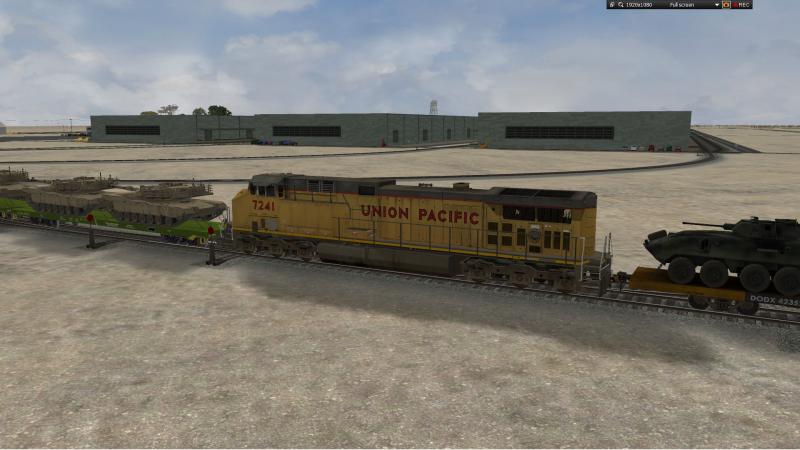Latin American Spanish Language Programs


Should I Learn Castilian Spanish or Latin American Spanish?The type of Spanish you choose to learn depends on your interests and priorities. Are you planning on on holidays? Do you plan on getting your masters in Chile, or do you dream of retiring on a Spanish vineyard in La Rioja?Keep reading for additional factors to help you decide whether you should learn Castilian or Latin American Spanish.
Travel Plans To Go To Spain?If you are enchanted by paella, tapas, bullfighting and flamenco dancing and have always dreamed of dissecting the micro-cultures of historic cities like Madrid, Barcelona, Sevilla, and Granada, then Castilian Spanish will help you blend in with the locals and make your cultural experience richer.Preparing for a trip to Spain? Want to Explore Latin America?Interested in or learning more about the Mayan Civilization? If you have a real interest in the history, terrain, and cuisine of the countries in Latin America, knowing Latin American Spanish will help you navigate your way across the land and connect with knowledgeable tour guides and local families. No Preference At All?Haven’t made any special plans to visit either place? If you aren’t making a move to Spain and if you live in North America, you will mostly encounter Latin American Spanish.
It’s even taught in schools.On top of that, of the roughly 469 million people who speak Spanish, 90% hail from Latin America and the U.S. You’re much more likely to find someone who speaks Latin American than Castilian Spanish.Fun Fact: After Mexico, the U.S.
Ranks among the top 5 countries of Spanish speaking populations in the world, surpassing many Latin American countries like Peru and Venezuela. Learn Spanish with PimsleurWhile figuring out which type of Spanish to learn can be tricky, actually learning the language shouldn’t be.
No matter which dialect you choose, learning a new language will open up millions of doors for you and will allow you to connect with more of our human family.Check out our or our and start learning today. My experience has been that those who speak the Spanish of the Americas, and those from the Iberian peninsula understand each other very well. Occasionally a word or expression may surface in the conversationso the participants just ask what the expression or word means, and the conversation continues.
The problem develops when Spanglish speakers try to express themselves to Spaniards who are not familiar with this “language”. The speaker of any language uses the language in which he feels most comfortable, meets his needs, in which he can defend himself, and which expresses his ideas and understandings of the world in which he lives. This article has a few factual errors. It is not correct to say that the term “vos” is not used in Spain.
Learn Latin American Spanish Online
The Spanish word for “cake” can be “torta” (Spain), “pastel” (most of Mexico) or “bizcocho” (Puerto Rico, Cuba and several other Latin American countries); other variants exist depending on the specific kind of cake-like pastry. The article even contains an obvious typo: “He coming un sandwich hoy.” “He coming”? In Spanish we’d call a mistake like that “un disparate.” Lastly, the sound of the “z” in Castilian Spanish is not “th”, but “z”. In most of Latin America is pronounced “s”.
Latin American Spanish Language Programs Pdf
Language Programs: Latin American StudiesSpanish majors and minors can take a supporting minor in Latin American Area Studies.Besides studies in language, literature, and culture, courses are available in thegeography, history, government, and economics of the Americas.The Latin American Studies minor requires a minimum of 21 credit hours.All students must take Introduction to Latin America, LAS 200 (offered as GEOG 200,SPAN 200, HIST 200, or PS200) as the foundation course before enrolling in advancedclasses. LAS 200 is an interdisciplinary, team-taught course offered every semester,with contributing faculty from Geography, History, and Political Science. It offersa broad, interdisciplinary introduction to Latin America, emphasizing its regions,peoples, and cultures.At least three departments (GEOG, PS, SPAN, ANTH/FLK, and HIST) must be representedamong the remaining 18 hours of course work. Students must also complete one yearof university Spanish (SPAN 101 and 102) or Portuguese or the equivalent for the minor.Approved courses for the Latin American Studies minor are: ANTH/FLK 340, ANTH/FLK342; GEOG 454, 462; PS 362; HIST 364, 365, 464, 465; SPAN 201, 202, 370, 371, 375,376, 377, 471, 477, 478, and 490. (See list below.) Study abroad courses with a LatinAmerican focus can also be applied to the LAS Minor, and other appropriate coursescan be substituted with the approval of the program advisor. For example, SPAN 306(Experiencing Spanish Abroad) will usually qualify, and SPAN 455 (Special Topics)will often be accepted as long as it is relevant to Latin America.
